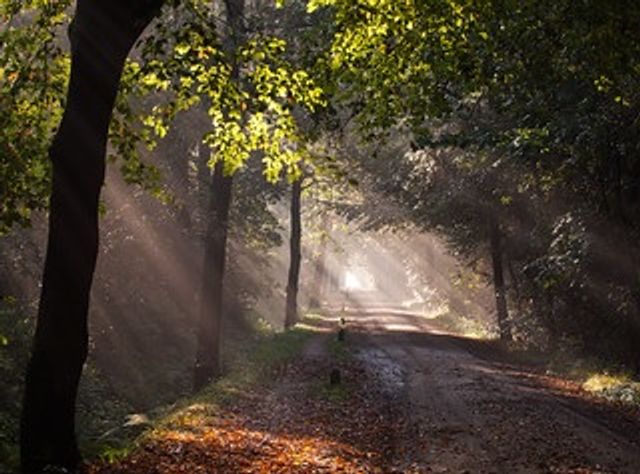Published on 05-11-2024
Autumn has begun, leaves are falling from the trees, the temperature is dropping and the first night frost has already passed us by.
But what can you do as a cyclist in the winter conditions?
- Pay attention to the brake cables! If there is moisture in them, they will freeze and you will not be able to brake. This can also happen while cycling, for example if your bike has been in a warm shed. How can you prevent this? Remove the cables and lubricate them. Regular chain oil is fine. This prevents them from getting damp and freezing. If you see that the cables are rusty, it is better to replace them. Rust makes them run less smoothly.
- Lubricate your chain well! But do not clean your chain. That will cause more trouble than benefit. There is a good chance that you will wash away more grease when you polish it than you will get back on it later. Or you will push the dirt into the links by polishing and the chain will wear out even faster. The best thing is to lubricate each link with a drop of oil. Ask which oil is best for your use (note! This is not WD40).
- Batteries do not like freezing temperatures. Therefore, store batteries frost-free. It is best to charge the battery at room temperature, which is better for the battery and also increases the range. Below 5C, many batteries do not even want to charge, thermal protection.
- Winter tires provide significantly more grip on a snowy road than a normal tire. You will also notice the difference in rainy weather and with lots of leaves on the road. Buying two extra tires for the winter may be a bit expensive. You can also make do with one tire. The grip of the front wheel is the most important. If that slips away, you can easily fall. So if you do not want to spend too much, a winter tire on your front wheel is also fine.
- Studded tires can also be a solution, but that is more suitable for a longer period of snow/ice. These tires wear out quickly on 'normal' surfaces.
- What can you do if you don't have winter or studded tires?
Ride with soft(er) tires!
If it's slippery, you can let some air out of the tires, then the tires are wider and you have more grip. Most people don't have to do that. Almost all Dutch people ride with tires that are too soft.
Lower the saddle
Another tip that costs nothing is to lower the saddle. Then you can always put your feet on the ground when you're in danger of falling.
Read the road surface
When cycling, you should read the road surface. If cobblestones or asphalt are glistening, there's a good chance that there's a layer of ice. Be careful at bridges, the road surface always freezes sooner there. And keep enough distance from the edge. There's often ice or frozen snow along the edges of the road.
Any more tips?
If you've ridden through brine, rinse your bike with water. That prevents a lot of rust.
If your lock is difficult to open, lubricate it with lock spray or thin chain spray. Lubrication should actually be done preventively. If your bike has been outside, there may also be a layer of ice or snow on the rim, which means you can no longer brake properly with a rim brake. So check it when you ride away. Remove it by braking lightly for a while or scrape it off with a plastic card.
You can defrost a frozen lock with a heated key (you will need to have a lighter at hand) or by blowing warm air into it and heating the lock with your hands.
A frozen saddle with frost or sleet is also a problem. A saddle cover not only helps against rain but also against frost and ice on your saddle (just like foil on a car window).
In winter, the sun is low. Polaroid sunglasses are especially useful in winter against the annoying reflection of the sun on the road surface.
Cycle on gritted cycle paths. Want to know where gritting is taking place in the municipality of Weert? You can find this here.

